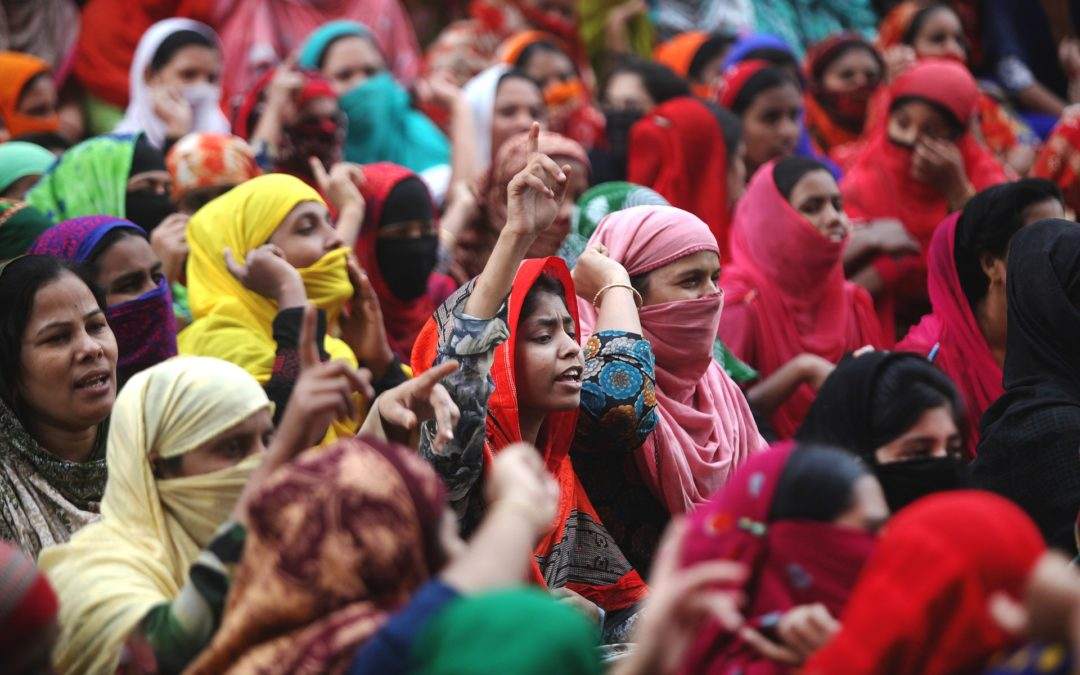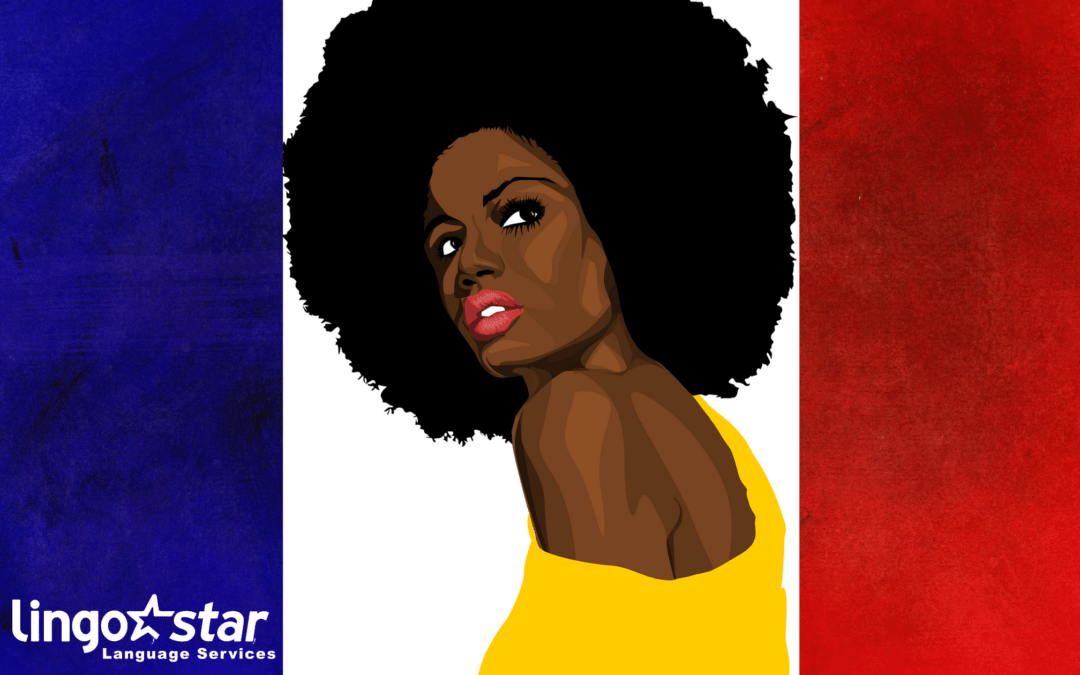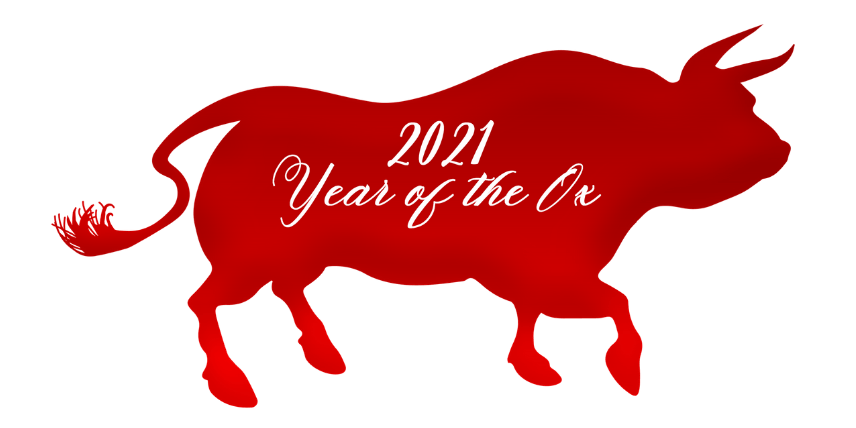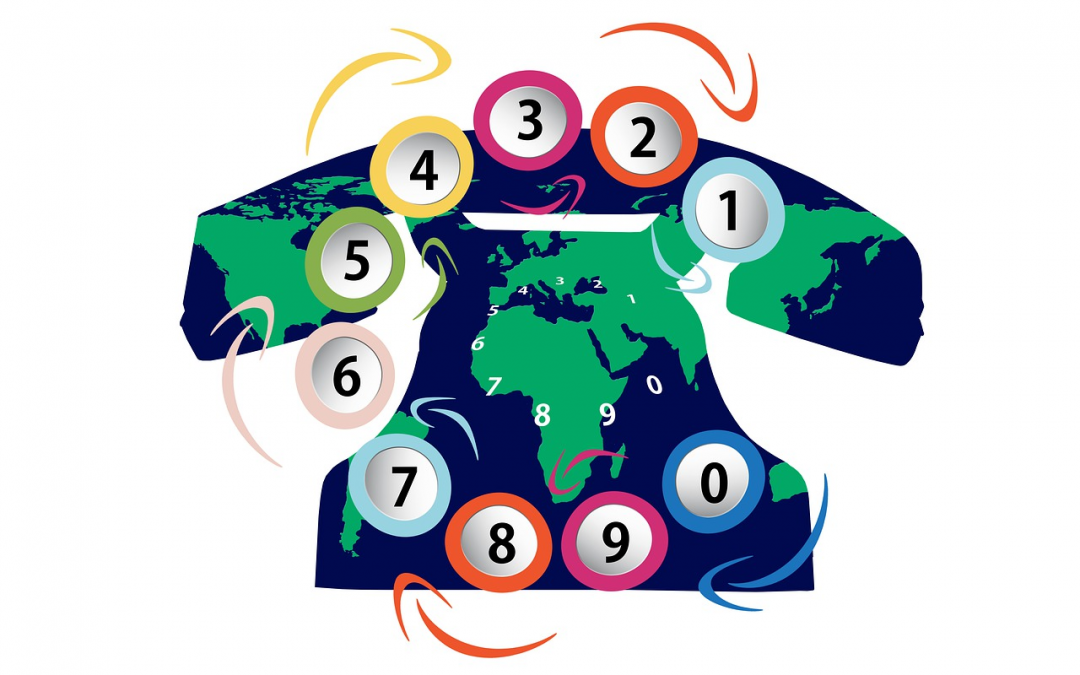
May 26, 2021 | Blog, Traditions, Worldwide
Some data about the Bengali language The Bengali language, also called Bangla, is the official and national language of Bangladesh, but not the only one. “Bangla” is written বাংলা in the Bengali script. This writing system (brahmic script) is the 6th most widely used one in the world. The original inhabitants of the Bengal region of Southwest Asia are the Bengalis. 98 % of Bangladeshi people speak Bengali as their first language. It is also one of the official languages of India. Indeed, 7.1 % of Indians speak it. It is the most widely spoken of the 22 languages of India, after Hindi. Other communities speak it, for example in Pakistan, in the UK or in the USA. In a nutshell, it is the 5th most spoken language by native speakers in the world. It is also the 7th most spoken language by the total number of speakers. There are around 267 million speakers, of which 230 million are native. The evolution of the Bengali language The Bengali language can be traced back to 3500 B.C. to the Indo-European language family. Many assume that it was born from Sanskrit. But scholars and linguists believe that it derives from Indo-Aryan languages like Magadhi Prakrit and Pali. Modern Bengali uses words taken from Turkish, Portuguese, Persian or English, for example. We can divide the evolution of the Bengali language into three stages: Old Bengali, Middle Bengali and Modern Bengali. Old Bengali dates back to around 650 A.D. when priests and scholars widely used Sanskrit in literary works in Bengal. However, this is a bit of a dark area in the history...

Mar 25, 2021 | Blog, Language Services, Translation, Worldwide
The problems women of colour face in France… France is a country rich in cultural diversity, partly shaped by its immigration. In this article, we shine the spotlight on women of colour in France, the problems they face and their struggle. It will allow you to understand why, increasingly, women of colour are leading the fight against racism in France. Women of colour in France, and around the globe, are victims of both sexism and racism. In society, on social media, at work… Being different is stigmatized when it should be seen as something positive… A study published by France Stratégie (an institution planning the social, economic, environmental and cultural development of France) has shown that, in France, men have more working opportunities than women. And among all these men, Caucasian men have more opportunities than the others. So what about women of colour? Mentalities might be evolving but, unfortunately, racial and gender discrimination in the world of work is still deeply rooted. An example of discrimination against women of colour at work The French website Abenafrica contains numerous stories testifying to this sad reality. A 23-year-old woman from Martinique – a French overseas territory – explained that she had a team meeting at work. She entered the room and was about to close the door. Her boss said “Oh no, please, don’t close the door! It’s really hot today, just like in your country!” Her name is Émilie. She was born in Paris. France IS her home country. This is just one of the many examples witnessing the discrimination women and people of colour face every day. And...

Mar 12, 2021 | Blog, Language Services, Language Varieties, Projects
At LingoStar, we aim to broaden our comprehension of the world by using our knowledge of languages and cultures. We believe that translation is the key to understanding each other better and thus, to bring people from all around the world closer together. This is why we offer a wide range of services in a multitude of languages. We could go on and on about what kind of services we provide and why we are the right company for your translation needs, but we’ll let our Lingostar Language Services Projects speak for themselves. Minority and extinct languages we have worked with Inuktitut Translation Did you know that Inuktitut is one of the minority languages in Canada? It is one of the main Inuit languages and is spoken by 39,475 natives. “In Canada, the word Inuktitut is routinely used to refer to all Canadian variants of the Inuit traditional language, and it is under that name that it is recognised as one of the official languages of Nunavut and the Northwest.” “Inuktitut comes from inuk “person” and -titut “like” or “in the manner of”. Many Inuit live in the northern regions of Canada, for the most part, along the Arctic coast. Inuit Nunangat in Inuktitut means “lands, waters, and ices of the [Inuit] people”. Inuit Nunangat is composed of the Northwest Territories and Yukon (Inuvialuit), Nunavut, Northern Quebec (Nunavik), and the northeastern coast of Newfoundland and Labrador (Nunatsiavut). Latin Translation In regards to other rarely used languages, we also translate into Latin. Even though Latin is an extinct language, the film industry manages to bring it back to life for our greatest entertainment! Why would...

Feb 23, 2021 | Blog, Traditions, Translation
Who celebrates the Lunar New Year? China and other Asian countries celebrate the Lunar New Year, also referred to as Chinese Chunjie, Korean Solnal, Vietnamese Tet, Tibetan Losar, or more commonly as the Spring Festival. In 2021, we welcome the Lunar New Year of the Ox! The origins of the Lunar New Year festival take place thousands of years ago with the legend of the Nian. Nian was a terrible monster that devoured human flesh on New Year’s Day. The stories explain that the beast was afraid of loud noises, fire and of the colour red. Consequently, during the celebration, fireworks are lit, red lanterns are hung and a lion made out of several people in costumes walks the streets. When does it take place? The festivities begin with the first new moon of the lunar calendar and end 15 days later, on the first full moon. The dates of the holiday vary from one year to the other as they follow the cycles of the moon. The holiday usually takes place between the 21st January and the 20th February of the Gregorian Calendar. In addition, a few days before the New Year, the sweeping of the ground starts: people fully clean their houses in the hope of getting rid of all the lingering bad vibes. It is customary for people celebrating Chinese New Year to give each other small red envelopes containing money. Furthermore, the Lantern Festival takes place on the last day of the Lunar New Year’s celebrations. If you are lucky enough to be in a place that celebrates it, you will find yourself amazed and...

Aug 27, 2020 | Blog, Language Services, Translation
How to Differentiate European Spanish and Latin American Spanish? After English and Chinese, Spanish is the third most-spoken language in the world. At LingoStar, a lot of our projects involve Spanish translation. However, these translation projects can be in either European Spanish or Latin American Spanish. Depending on whether a European Spanish or Latin American Spanish translation is needed, different translators will handle the project. We take pride in the fact that we make sure our clients are happy with their translations and recordings, and that our final Spanish translations are accurate. Latin American Spanish Translations and Recordings One thing to keep in mind is that there is not just one Latin American country with a Spanish speaking population. There are twenty individual countries where Spanish is the official language. Each country has different expressions and accents. Depending on whether you are targeting the whole of Latin America or just one country, it is important to ensure the right variety is used. We have dealt with a lot of Latin American Spanish projects recently, one of which was a voice-over project. The voice-over part is interesting because you can clearly hear the differences between the Spanish varieties. Indeed, a Spanish person can distinguish in seconds whether a recording comes from a European Spanish or a Latin American Spanish speaker. Therefore, depending on the version the client is looking for, it is extremely important to choose the right voice artist. What About European Spanish Translations? As mentioned above, selecting the right variety of a language is vital if you are looking to get into a certain market. And even though...

Aug 7, 2020 | Blog, Language Services, Translation
How to Differentiate French European and French Canadian? Apart from English, French is the only other language present on every single continent of the world. As a bilingual country, Canada is the perfect place for a translation company. At LingoStar, most of our projects involve French translation, even though we are located in English-speaking Vancouver. However, these translation projects can be in either French European or French Canadian. Among all these projects, we can differentiate between the French Canadian and French European projects, which have to be handled by different translators. We take pride in the fact that we make sure our clients are happy with their translations and recordings, and that our final French translations are accurate. French European Translations and Recordings First, let us talk about French European projects before we tackle the French Canadian ones. One thing to keep in mind is that France is not the only country to use the European version of French. You can also find it in Belgium, Switzerland or Luxembourg. Each country has different expressions and accents, but the vast majority of the language stays the same. We have dealt with a lot of French European projects recently, one of which was a translation and voice-over project. The voice-over part is interesting because you can clearly hear the difference between the two French varieties. Indeed, a French person can distinguish in seconds whether a recording comes from a French European or a French Canadian speaker. Therefore, it is extremely important to choose the right voice artist depending on the version asked by the client. What About French Canadian Translations? As...

Jul 20, 2020 | Blog, Language Services, Language Varieties, Projects, Translation
Translation and Recording Project We recently completed a translation and recording project for an IVR-system, from English into Arabic, Berber, Mixtec, Portuguese (European), and Spanish (Latin American). IVR stands for Interactive Voice Response. It is an automated telecommunication system technology that interacts with the callers. In short, it collects the required information and connects the caller with the appropriate recipient. This was one of the many translation and recording projects we have done. However, we had not worked with Berber and Mixtec before. Berber Language The Berber languages are Afroasiatic languages, spoken by the Berber people. They are indigenous to North Africa, mainly Morocco, Algeria, and Libya. There are also small populations of Berber speakers in other African countries like Tunisia or Niger. Since 2011, it has been an official language in Morocco and an official language since 2016 in Algeria. There is also a significant Berber-speaking population living in Western Europe. Nowadays, the Berber language uses three different writing systems: Tifinagh, the Arabic script, and the Latin script. For our project, we successfully found a Berber translator living in France, who did the translation and recording for us. Mixtec Language Mixtec is an indigenous language. Over half a million people in Mexico speak it. There are many different varieties of Mixtec, which are not all mutually intelligible. Traditionally, it was spoken in the region of La Mixteca, which includes the states of Oaxaca, Puebla and Guerrero. However, due to domestic migration, the language has now spread to the main urban areas of Mexico. In addition, there is also a large Mixtec community in Los Angeles. Mixtec is a...

Jun 25, 2020 | Blog, Traditions, Worldwide
Taiwan & China Taiwan and China’s relationship is quite politically charged and controversial. However, regardless of whether one views Taiwan as part of China or not, there is a common misconception that life in Taiwan and China is exactly the same. However, Taiwanese culture and linguistic differences from Mainland China are quite interesting to learn about. Let’s go over a few of them! Taiwanese Culture: Convenience Stores Similarly to convenience store culture in Japan, Taiwan’s convenience stores are nothing to scoff at. Practically every street has at least one store, the most common being Family Mart and 7-Eleven, which are open 24/7. In fact, Taiwan has the second highest convenience store density in the world! True to their name, you can conveniently buy surprisingly high quality meals, snacks, baked goods, and you can even pay with the local public transit pass. Not only that, but you can also: Buy hot foodPay parking tickets and other finesPay your taxesSend moneyAnd more! How did Taiwan’s convenience stores become so widespread? The first 7-Eleven opened in 1979, but only became a profitable business in 1986. Coincidentally, the Japanese Family Mart opened up in Taiwan in 1988 – around the same time when 7-Eleven became profitable in Taiwan. Other smaller convenience store chains followed soon after. Convenience stores became so prominent because they were firmly able to integrate into Taiwanese culture and daily life, and their services have only been expanding since. Taiwanese Culture: Night Markets Taiwan has a bustling night market culture. These markets are either permanent or temporary night-time popups, and attract large crowds of people who go to play games,...

Jun 4, 2020 | Blog, Translation
Japanese Culture in Hawaii Hawaii often brings to mind images of coconut trees, beaches, and tropical fruit. However, modern day Hawaii has a rich culture built upon the lives and traditions of the indigenous Hawaiian people, as well as the many immigrants who came to the islands as plantation workers during the early colonial period. One influential culture is Japanese culture. It is so ingrained in some parts of life that one might not even notice their Japanese origins unless explicitly pointed out. However, not only has Japanese culture influenced Hawaii, but Hawaii has made Japanese culture its own in a way. For instance, many Japanese-origin aspects of culture or life in Hawaii have evolved from their original Japanese counterparts. In addition, the general non-Japanese population also enjoys aspects of Japanese culture that have moved past ethnic lines and into the general lifestyle in Hawaii. The strength of Japanese influence depends on the island and even parts of island. Japanese Influence on Language and Culture Children often say jan ken pon when playing rock paper scissors – the Japanese version of the game. However, they often don’t know its Japanese origins and think of it as a string of syllables. Japanese popular culture like anime and manga are quite popular and widespread. Obon is a traditional Buddhist summer festival where people gather to dance and honour their ancestors. However, unlike in Japan, where the festival is held over a three-day period, Hawaii’s obon festivals run throughout the summer. Hawaii’s festivals are also less strictly religious. Many non-Japanese and non-Buddhist people go simply to browse the food stalls and enjoy the festival atmosphere. Japanese Influence on Food and Shopping There...


























